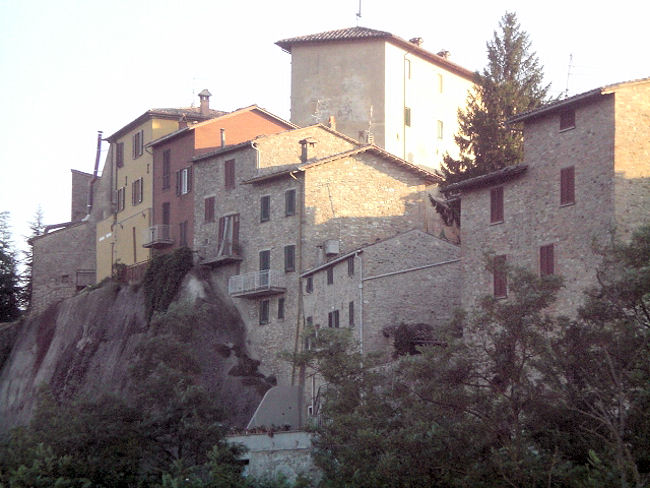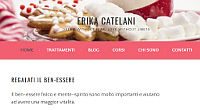|
Città di Castello is located along the Upper Tiber Valley and has a population of over 40.000.
Founded by the ancient Umbrians at the border of the areas controlled by Etruscans, the city became a Roman Municipium in the 1st century b.C..
Destroyed in 6th century by Totila and the Goths, it was rebuilt and then was dominated by Longbards, Franks and Papal States.
Independent city-state at about 1100 enjoyed a long time of plenty in spite of the ruthless conflicts between Guelphs and Ghibellines.
In succeeding times it was controlled by Perugia, Emperors and Popes; at the end Pope Martino V entrusted it to the condottiere Braccio Fortebraccio da Montone.
When the Fortebracci seigniory ended, after long fights between noble families, the city was conquered by the Vitelli, patrons of arts and condottieri, strictly linked with the Medici of Florence.
Under their seigniory the city flourished and was enriched with elegant palaces, churches and monuments; just in this time Raphael, the Della Robbia, Luca Signorelli and many other artists worked here.
In the Senigallia plot (1502) Vitellozzo Vitelli was murdered by Cesare Borgia, whose nickname was “Valentino”.
Cesare Borgia proclaimed himself Duke of the city, which he dominated during the all pontificate of his father Pope Alessandro VI. From then up to the end of 18th century, the city remained under the Papal States.
Città di Castello was joined together with the Kingdom of Italy in 1860 and from then the city followed the same fortunes as Italy.
|
|
To visit:
Surrounded by long stretches of walls built in the 1500s, the city is marked by the Renaissance style of its architecture that lends an indubitable charm to the old town.
You should visit the streets, the noble palaces, the cloisters, the Cathedral (11th century), the churches of Santa Maria Maggiore, Santa Maria delle Grazie, San Francesco and San Domenico.
Not to be missed the Municipal Picture Gallery that holds masterpieces by Raphael, Luca Signorelli, Ghirlandaio, Raffaellino del Colle and Pomarancio.
Alberto Burri’s works can be visited at Palazzo Albizzini and at the ex Seccatoi del Tabacco (former tobacco drying sheds).
Nearby you should visit the Oratory of San Crescentino in Morra, (frescoes by Luca Signorelli), the Basilica of Canoscio, the Sanctuary of the Belvedere; the Romanesque Abbey of Badia Petroia (11th -12th century) and the Villa della Montesca, with its centuries-old park with many rare botanical species.
Events:
- Reminder of the “Canto della Pasquella”, at Epiphany eve: Folk music and songs along the streets of the old town
- Good Friday procession in medieval costumes in the old town - 22.4.2011
- Blessed Sacrament Feast: historical procession from 2nd to 3rd July 2011
- Festival of Nations (end of August): chamber music in the most beautiful churches and in the palaces
- San Bartolomeo Fair (from 23rd to 25th August): animals, produce of the land, rural tradition, fruit trees, vegetables, seeds ….
- Handicraft Days (last weekend of August): in the old town (Prato district) workshops and old crafts live again in a Renaissance atmosphere; the taverns serve dishes made according to old recipe
- National Trade Show of Ancient Books (1st weekend of September)
- Mattonata Festival-Palio dell’Oca – historical re-evocation – old town Mattonata district (1st Sunday of October)
- Trade Show of the White Truffle and of the Food – 1st weekend of November
- San Florido Tournament of Crossbow (6th November): the districts of the old town confront each other in an old medieval tournament in costume
- San Florido Fair: from 14th up to 16th November
Thanks to our friend Giulio Pettenò for the material of this special report. |






































